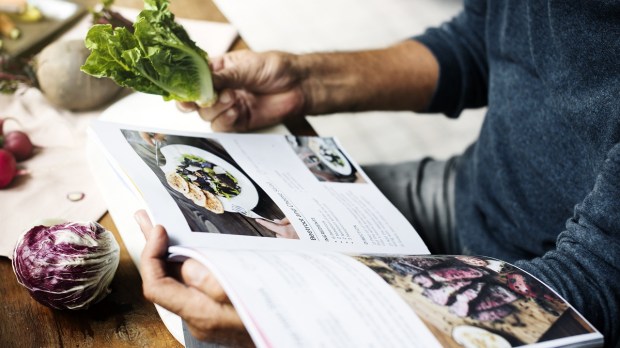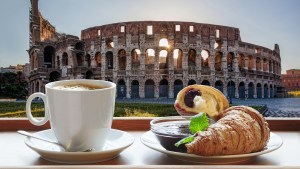From beer to pastries, we owe some of the best food traditions to Catholic monks. While some monastic foods like Trappist beer or Sicilian pastries have become well known beyond convents’ doors, there is still a treasure trove of monastic recipes that are yet to be shared with the general public. A new show on Italian TV is trying to share some of the best kept monastic cooking secrets.
The Abbey of St. Martin, located a few miles west of Palermo, was founded in the 7th century and rebuilt from scratch in 1347 after being destroyed by Saracen invaders. Since at least the 14th century, the Abbey’s Benedictine monks have been taking care of the communal vegetable garden, turning local ingredients like fresh tomatoes, eggplant, and basil into delicious gastronomic inventions.
Hundreds of recipes have been stored in the Abbey’s cook books for centuries. Now, thanks to the love for traditional food shared by three of the Abbeys’ monks, some of these recipes are being shared with lay people, too.
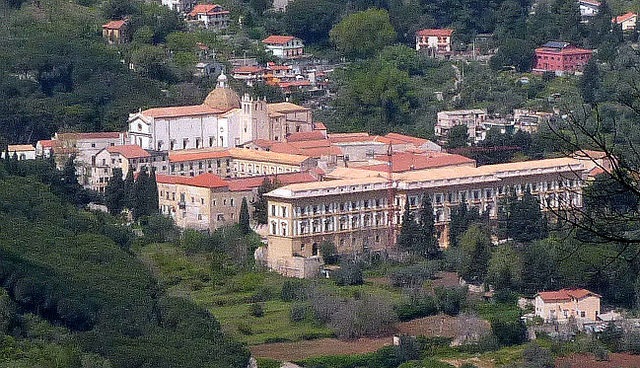
Don Salvatore, the Abbey’s cook, Don Anselmo, the narrator, and Don Riccardo, the official taster, have found a book in the Abbey’s library containing monastic recipes from around Sicily. These recipes don’t just belong to monks from the Benedectine order but to Franciscan, Augustinians, and other orders too. It’s a sort of Sicilian monastic master cookbook.
During each episode of The Abbey’s Recipes, the three monks enthusiastically share the recipe with the public by showing how to source fresh ingredients, how to prepare them and cook them, and finally how to dish them out. The focus of each episode is on a recipe that can illustrate the historical roots of many of the island’s centuries-old dishes. For example, couscous with rice and honey, a Benedectine recipe with influence from Arabic cuisine, reveals Sicily’s Arabic past – the island was an Arabic enclave during the 1st century.
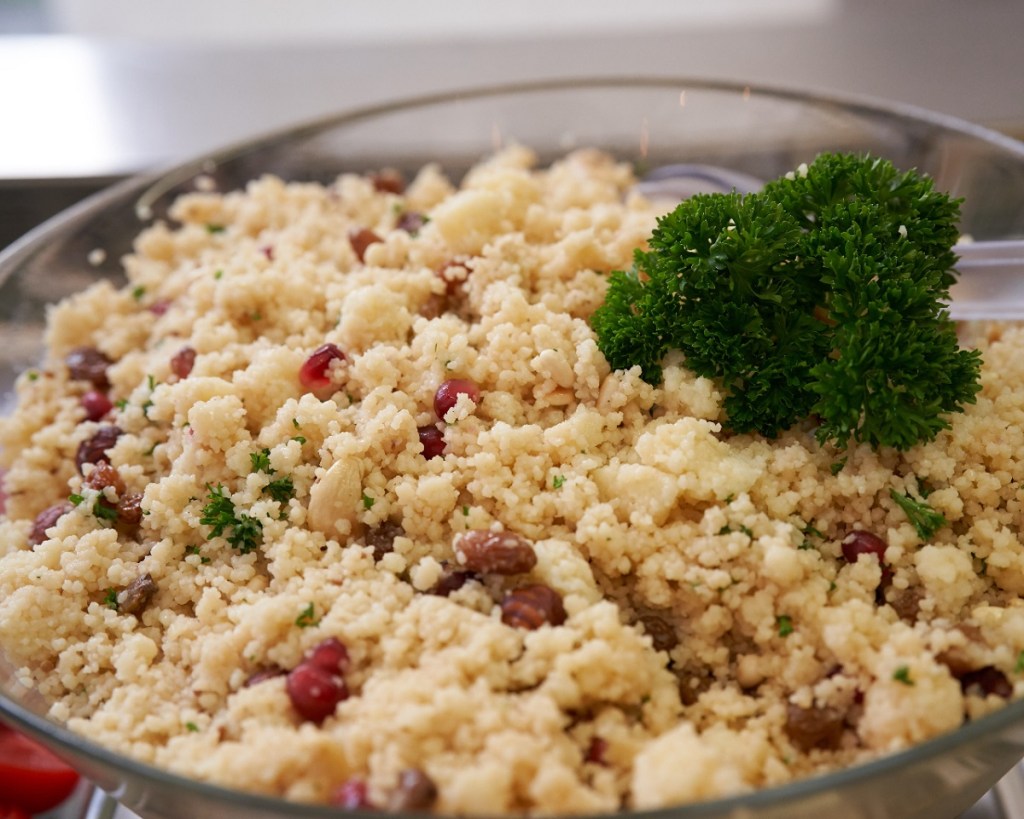
As explained by Don Anselmo, each of the recipes is an encapsulation of the Benedectine monks motto “ora et labora” (pray and work). In each episode, the three monks showcase the preparation of these centuries-old dishes with meticulous attention to detail. The interaction among the three monks, with chef Don Salvatore explaining the reasoning behind each step of the preparation and “senior narrator” Don Anselmo sharing interesting historical facts about the recipes, makes the show interesting for both food and history enthusiasts.
Recipes include biancomangiare (vanilla milk pudding), cutumè (ricotta pancakes) and bucatini alla contadina (spaghetti-like pasta with ricotta, sheep cheese and sausage). Some recipes were found by Don Salvatore in a small book containing monastic recipes from Catania, Sicily’s second largest city after Palermo, which is famous for its many monastic recipes including St. Agatha’s olives, a dessert shaped like olives made of almond paste.
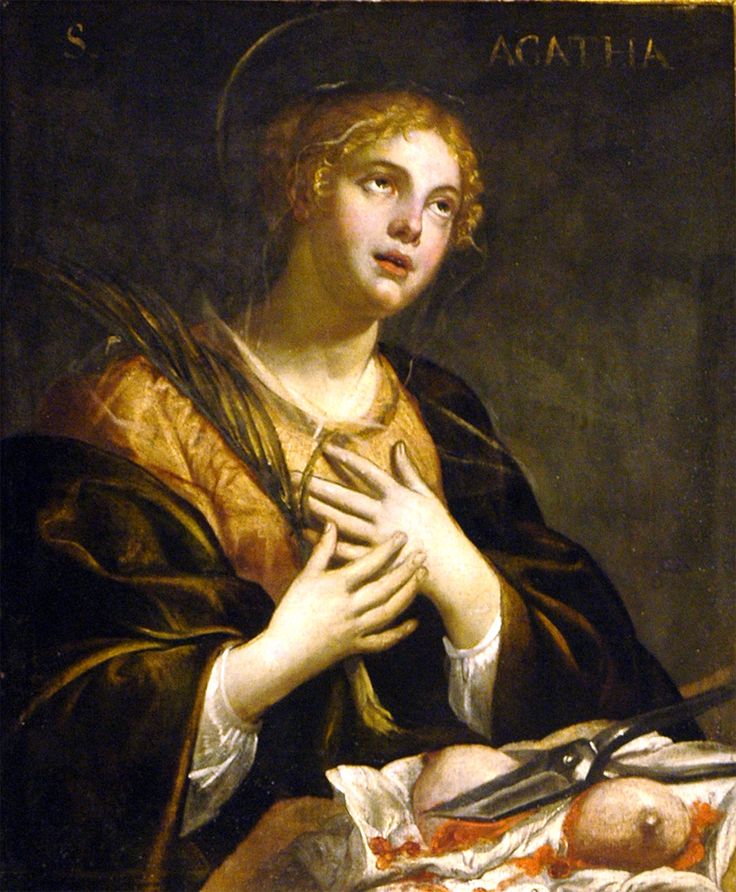
Don Salvatore explained to Italian lifestyle blog Amalfistyle.com how his interest in food was born. “It came by itself,” he said. “I studied at an hospitality school in Catania years ago but eventually put my passion for cooking aside.”
Now, he explains, he revived his long-standing interest in traditional foods thanks to this monastic food TV show. “They invited us to participate in this show and we accepted,” he said. “We try to find the time for it between our various commitments at the Convent.”
